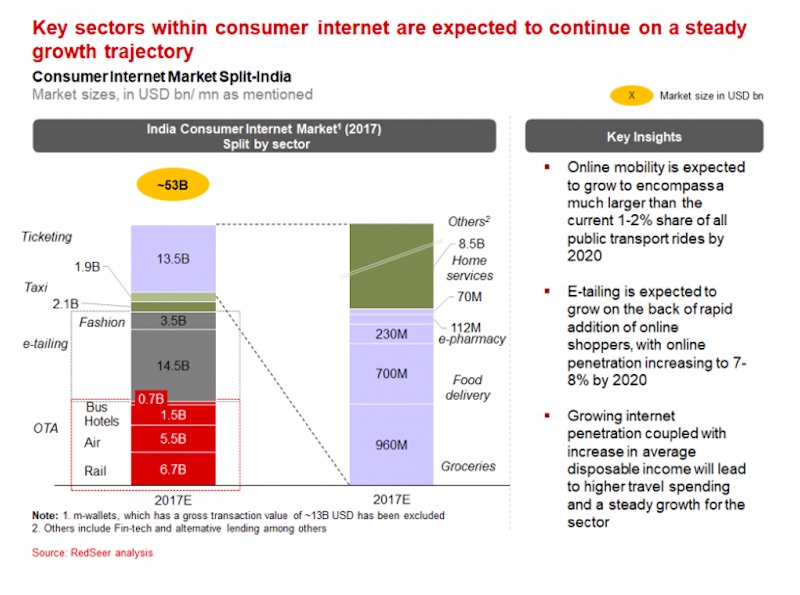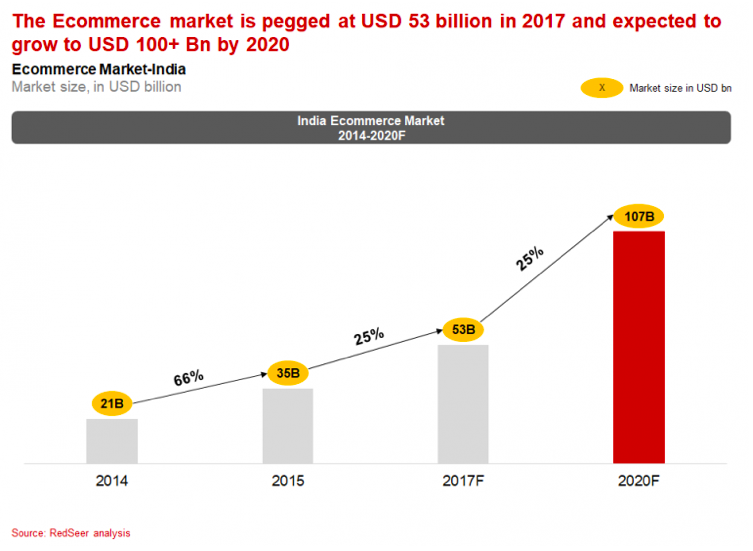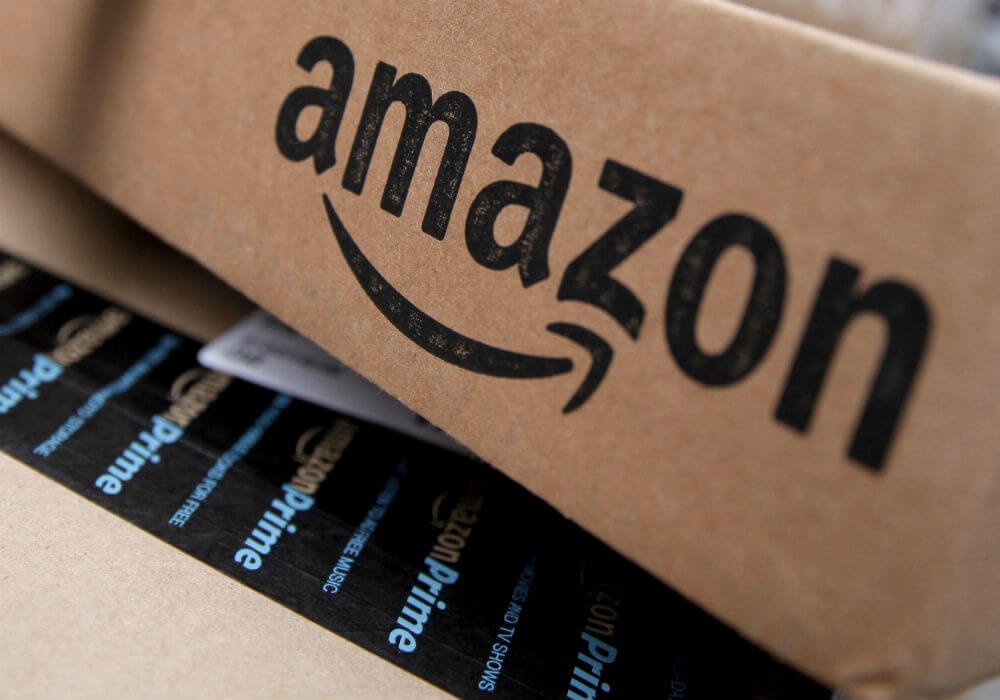[ad_1]
Amazon India launched a small pilot wherein the interface features text in Hindi for its mobile website
The idea is to make the shopping experience convenient for customers in India
Number of Indian language Internet users has grown from 42 Mn in 2011 to 234 Mn at the end of 2016
The rising internet penetration in India has meant that more and more users are being exposed to ecommerce websites, the majority of whom will come from non-metro locations and will be from Tier 2- and Tier 3 cities which are high on aspirations.
The number of Indian language Internet users has grown from 42 Mn in 2011 to 234 Mn at the end of 2016, surpassing the 175 Mn English Internet users. Given the rise of vernacular content and improving smartphone penetration, digital companies are increasingly turning their focus on how to provide their services in the languages the users best understand.
Amazon India too has joined in on this bandwagon and according to a report, has started experimenting with a Hindi interface for its mobile website, its first move in vernacular languages.
Amazon, which has previously been working on enabling its voice service Alexa to understand commands as well as speak in Indian languages, has now also launched a small pilot wherein the interface features text in Hindi, the company said.
“We work backwards from our customer needs and continuously explore and experiment with new ways of making the shopping experience convenient and easy for customers in India. As part of that, we have started piloting the Amazon.in shopping experience in Hindi,” a company spokesperson was quoted as saying.
On August 14, Amazon launched a new category of Alexa skills this year that would enable customers to help Alexa learn Hindi and other Indian languages. Using the new “Cleo” skill, users can teach Alexa more about Indian languages and culture by interacting with the voice assistant.
Not to be left behind, Flipkart, the Amazon’s arch-rival in India, has also acquired AI-led speech recognition Liv.ai, in a bid to target the next 200 Mn, online shopper.
The Increasing Ecommerce Consumption In Tier II/ III Users
At the same time, the Indians in smaller towns account for around 41% of all online shoppers as per ReedSeer Consulting.
 The consumption pattern and not just the number of consumers from Tier II and Tier III cities are very lucrative for digital companies as the hunger driven by aspiration and newfound instant gratification is more.
The consumption pattern and not just the number of consumers from Tier II and Tier III cities are very lucrative for digital companies as the hunger driven by aspiration and newfound instant gratification is more.
Ecommerce is increasingly attracting customers from Tier II and III cities, where people have limited access to brands but have high aspirations, according to IBEF.
“Consumption patterns of Tier II and Tier III customers differ from those in metros. They tend to favour the mobile channel, and due to a leisure-skew ( vs. corporate), have longer stays, more passengers per booking and more advance bookings. This results in Tier II/III users having higher transaction values vs metros,” wrote Aditya Agarwal, the head of corporate strategy at Cleartrip, in a report released last year called India’s Growth Paradigm by Earnest and Young.
 The Others In The Vernacular Game
The Others In The Vernacular Game
It is not just the ecommerce players but also Internet domain registrar and web hosting company like GoDaddy that is seeing almost half of their new clientele coming from Tier 2 and 3 cities in India due to the rise of e-commerce.
Another major player here is Google, which after expanding its ad products to support Tamil, Bengali and Telugu across Search, Display Network and YouTube, is now looking to add support for other Indian languages, starting with Marathi.
The Indian media companies, OTT players, video service providers are further joining this bandwagon at a fast pace. Preference of Indian consumers for vernacular and regional language content is on the upswing, with 93% of the time spent on videos in Hindi and other regional languages. Google estimates that, by 2021, content consumption in Hindi will be more than consumption in English.
The Indian ecommerce users are about 48% of internet users in the US and about 22% in China; and are just 10% of the total internet users in India, according to RedSeer.The backdrop to one of the battlefields where ecommerce wars in India will be fought is getting set and the story will be told in multiple languages.
[ad_2]
Source link





